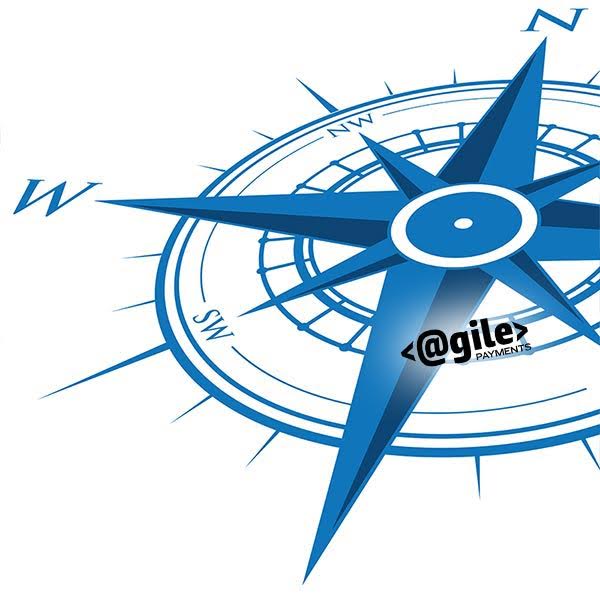For software applications that have an end-user base in a subscription model or include recurring transactions, an ACH Processing API is a must. Sure, few of these SaaS applications would want to discount the use of credit card processing because it’s a commonly used payment modal, but being subscription based sets the application into an area of knowing their customer base much differently than some business that sells widgets on a one-time basis to consumers that might never revisit or occasionally purchase goods or services. Moreover, customers of these subscription based businesses more than likely rely on receiving their goods or services that the organization and SaaS provides.
That opens up the opportunity to leverage an ACH Processing API to reduce processing costs. ACH transactions cost far less than credit card transactions, so the more customers that can be converted from credit card to ACH results in a healthier bottom-line for the business. All credit card transactions include a discount fee; a percentage of the transaction amount, and as it relates to many SaaS applications it means card not present (MOTO) rates, which are more costly than card present rates (face to face). So for a $49 monthly subscription, that equates to around a $1.45 credit card processing fee. That same transaction, if converted to an ACH transaction could result in a processing fee of 29 cents, or less depending on volume. As the transaction volume scales, the more real the cost savings reality hits home for the SaaS using organizations. 2,500 monthly subscribers, all paying via credit card results in a monthly processing cost of ~$3,600. If half of those 2,500 transactions are converted to ACH it results in a savings of ~$1,400.
credit card transactions, so the more customers that can be converted from credit card to ACH results in a healthier bottom-line for the business. All credit card transactions include a discount fee; a percentage of the transaction amount, and as it relates to many SaaS applications it means card not present (MOTO) rates, which are more costly than card present rates (face to face). So for a $49 monthly subscription, that equates to around a $1.45 credit card processing fee. That same transaction, if converted to an ACH transaction could result in a processing fee of 29 cents, or less depending on volume. As the transaction volume scales, the more real the cost savings reality hits home for the SaaS using organizations. 2,500 monthly subscribers, all paying via credit card results in a monthly processing cost of ~$3,600. If half of those 2,500 transactions are converted to ACH it results in a savings of ~$1,400.
As we see, a SaaS application integrating to an ACH Processing API just makes sense, if only from a cost basis. However, there are more benefits:
- Checking accounts don’t expire like credit cards do. In the subscription based world, credit card declines average around 15%. That results at the very minimum of labor hours trying to track down new credit card information, and then we can talk about lost revenue if new card data isn’t acquired.
- Provides an additional payment rail. As it relates to the above, checking account information could provide a fall-back payment method for transactions that are declined as credit cards. Moreover, there is still a percentage of the population that doesn’t have a credit or debit card. Why leave those potential subscribers out?
A word about ACH processing fees: The most recognizable names in the payments space price their ACH transactions with a discount fee. That makes sense for a business only if the transaction amounts are very low, e.g., $10.00. At the $49.00 mark discussed above, a discount fee, e.g., 0.8%, for a $49.00 ACH transaction results in a processing cost of 39 cents, which is already higher than any low risk organization should be paying. As the transaction amounts increase, so does the processing costs with a dicount fee model. Look for a flat rate fee for ACH transactions.
Any SaaS application in the subscription base should look into integrating to an ACH processing API. Application stakeholders and should discuss and plan their transaction flow and ACH needs. A good ACH API provider will want to know everything possible about the application itself and the needs of it. Agile Payments has been providing ACH API integrations to businesses of all sizes for 18+ years. How can we help your organization?
//



